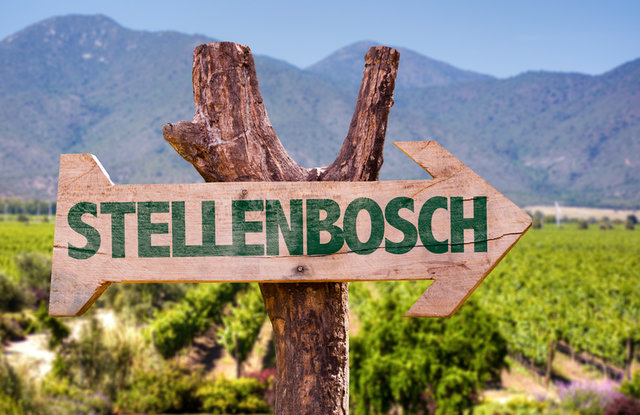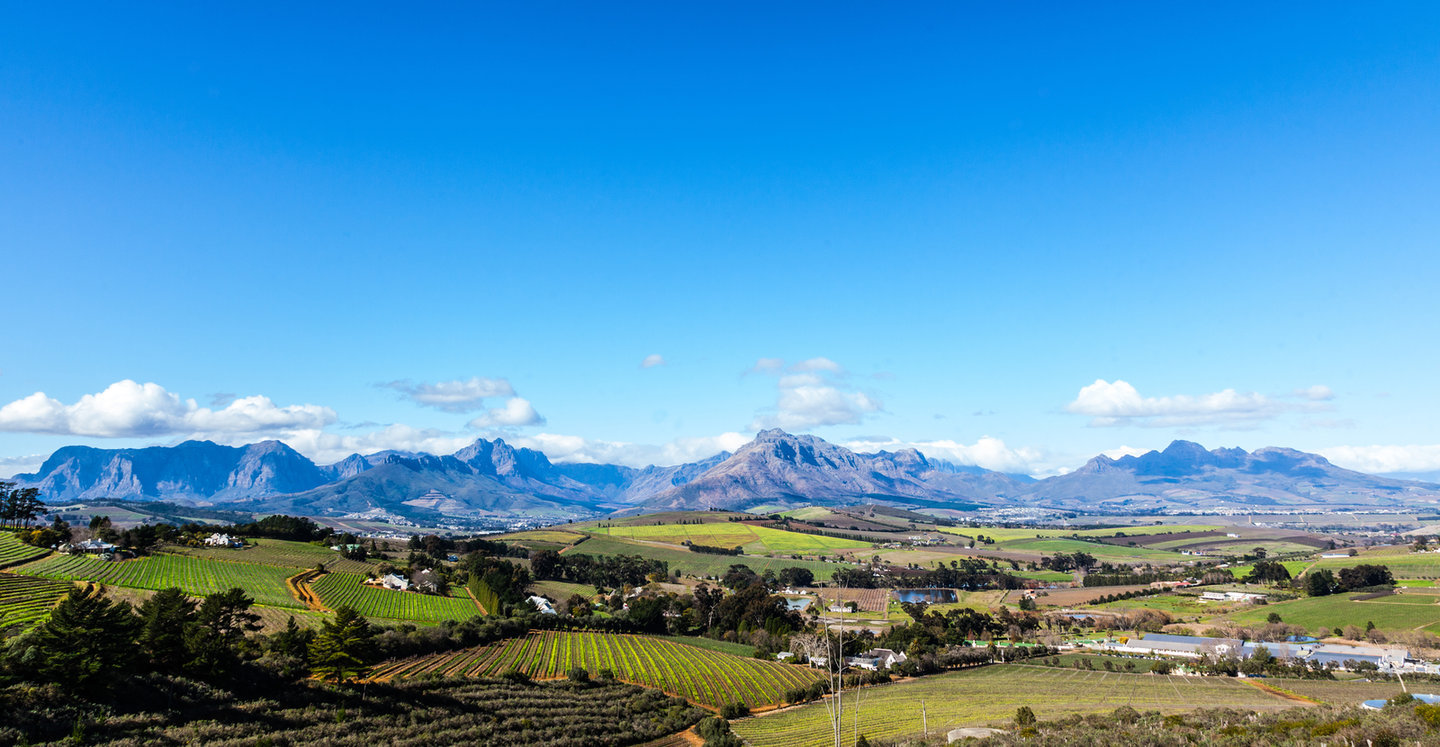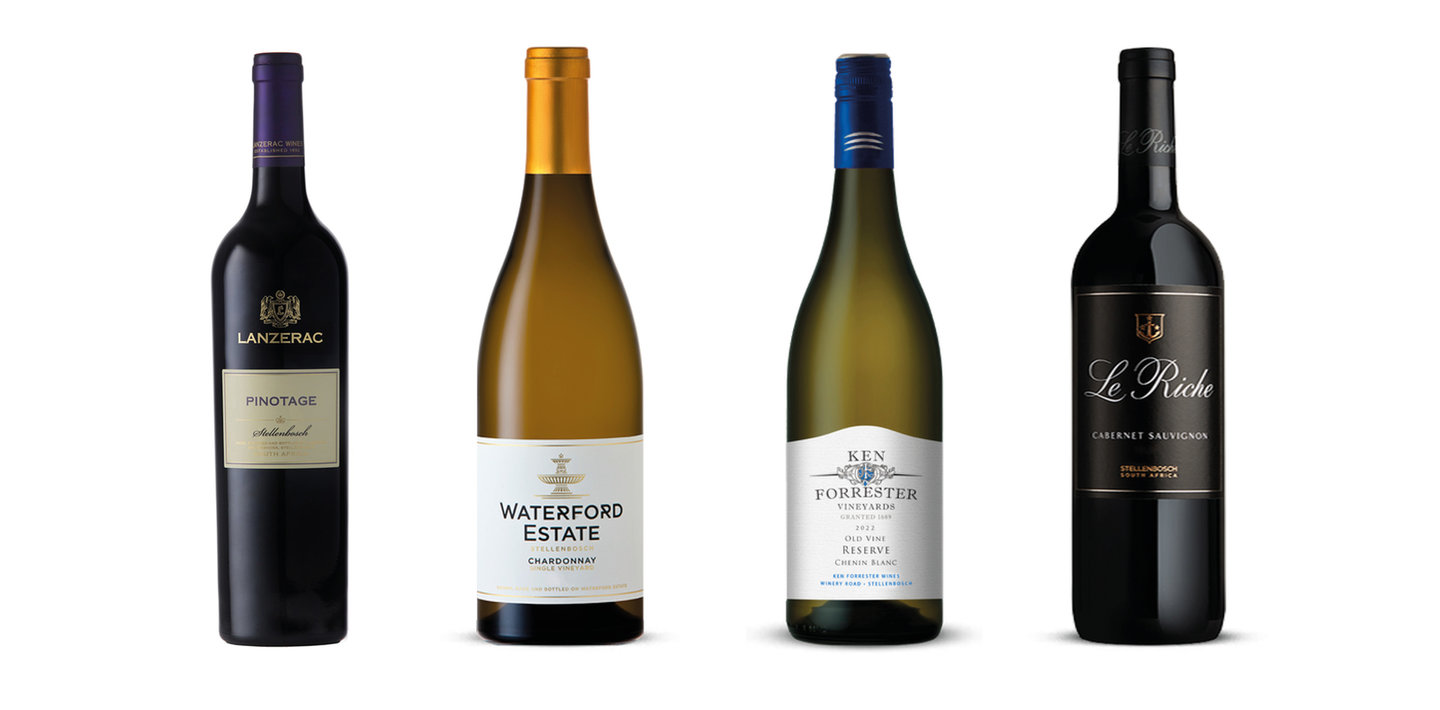CHEERS | WINE

Stellies
Since 1994, South Africa’s wines have been more widely available overseas than ever before. And when international consumers think about South African wine, there’s one area that is automatically linked – Stellenbosch.


Swartland might have grabbed the headlines among the wine cognoscenti over the past decade with its revolutionary championing of Chenin Blanc and Shiraz but when any buyers visit the southern tip of Africa, it’s Stellenbosch they can’t ignore. This town with its oak-lined boulevards and abundant Cape Dutch architecture is the heartbeat and epicentre of South African wine. It remains the home of what was once Stellenbosch Farmers’ Winery, the wine factory that gave us Chateau Libertas, Zonnebloem and in the old days, the world’s biggest-selling white wine – Lieberstein! At the turn of the millennium it merged with Distiller’s Corporation to form Distell, the company which has just been bought out by international brewing giant Heineken.
Stellenbosch has always set the pace and innovated. After all, in the 1970s it’s where Spatz Sperling of Delheim, Niel Joubert of Spier and Frans Malan of Simonsig banded together to form the country’s first-ever wine route, one offering direct sales off the farms which was unheard of at that stage.
The Stellenbosch Wine Route was duly founded in 1971 with a grand total of 11 members – and when it celebrated its 21st anniversary in 1992 that number had grown to just 24. There are now five sub-routes – Bottelary Hills, Helderberg, Greater Simonsberg, Stellenbosch Berg or Stellenbosch Valley – and more than 150 members of the voluntary organisation.
In the last five years there has been a notable increase in the sales of South African wine properties to international buyers. Ken Forrester wines are 50% owned by AdVini, a company that already bought L’Avenir and Kleine Zalze. Quoin Rock is foreign-owned, as is Haskell Wines, Stellenzicht and Ernie Els, Warwick and Uitkyk. Just recently Neethlingshof was snapped up by overseas buyers because of the value it offered. What do all of these wine farms have in common? They’re in Stellenbosch.

There’s an international body, the Great Wine Capitals of the World. Each of the wine-producing regions of the world has one town, city or area representing their greater fraternity. The world is a global village and the name of the game is cooperation, to learn the latest practices of what’s working and how best to promote one’s wines and the area’s charms. For Argentina it’s Mendoza, Verona in Italy, Bordeaux is France’s representative, Bilbao in Rioja for Spain and San Francisco flies the flag for America’s Napa Valley. As one of the first signatories, Stellenbosch represented South Africa initially.
Wine lovers visiting the Hemel en Aarde valley near Hermanus will know that Chardonnay and Pinot Noir are the grapes most closely associated with the area – or Chenin Blanc and Shiraz are the wines the afore-mentioned Swartland does best, but there’s no one thing that stands out for Stellenbosch. Because it can be all things to all people – and do them well.
Pinotage? Absolutely world-class offerings. There’s Kanonkop, Lanzerac, Kaapzicht , Beyerskloof, Middelvlei and Beeslaar.
Chardonnay? Jordan, De Morgenzon, Waterford, Capensis, Bartinney, Oldenburg, Leeu Passant, Delaire Graff, David Finlayson, Hartenberg, Glenelly, Neil Ellis, Tokara, Thelema, Warwick, Rustenberg, Lourensford, Vergelegen and heaps more.
A list of Chenin Blanc would boast Ken Forrester Wines, Kleine Zalze, Stellenrust, Raats, Kanu, Mulderbosch, Stark-Conde, Keermont, Koelenhof, Laibach, L’Avenir and Spier – as well as some of the names mentioned already.
Le Riche wines are walking tall after having their 2020 Cabernet Sauvignon Reserve announced as one of the top 50 wines at the Decanter World Wine Awards held in London. Is it any surprise when its Stellies compatriots include Rust en Vrede, De Trafford, Grangehurst, Longridge, Muratie, Delheim, Quoin Rock and Ernie Els?

The list could go on and on but the point is well made that it’s a veritable shopping list for almost any wine style – be it Shiraz, red blends, white blends, Cabernet Franc, Pinot Noir, Sauvignon Blanc, Cinsaut and even fortified wines like port.
And then you look at the people involved, legends of the industry – Neil Ellis, Jan Boland Coetzee, Gyles Webb, Beyers Truter, Johan Malan. It’s in their footsteps that the current crop of Young Turks tread – Bernard Bredell and Rheenen Borman of Scions of Sinai and Boschkloof respectively, Lukas van Loggerenberg, Erika Obermayer, Myles Mossop and the ever-thoughtful and philosophical organic and biodynamic farmer, Johan Reyneke. Reyneke wines are on the Polkadraai Hills but Waterkloof, on the slopes above Somerset West and Gordon’s Bay, is also biodynamic, farming their vineyards with Percheron horses rather than tractors. These are farms that allow nature to dictate rather than chemicals in the form of pesticides, fertilisers and herbicides.
As the Stellenbosch Wine Route’s website proudly proclaims, the region boasts more medals, trophies and awards than any other. So whether it’s in the Bottelary Hills, Helderberg, Greater Simonsberg, Stellenbosch Berg or Stellenbosch Valley, there is excellence aplenty.